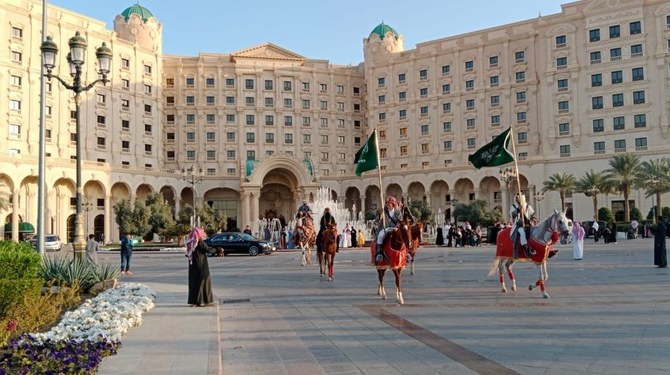
gaggle of oak saplings has gathered outside Tate Modern. They were grown by the British artists Ackroyd & Harvey from acorns from the trees that the German artist Joseph Beuys had planted in the city of Kassel in the 1980s, in a “social sculpture” called 7000 Oaks. This temporary installation, the official blurb says, creates “a place for gathering and for rethinking our connections with nature”.
It takes its place alongside the forthcoming four-week appearance of 400 trees in the courtyard of Somerset House, by the designer Es Devlin for the London Design Biennale, which is also meant to make us reflect on nature and the environment. Plus, there’s a temporary wooded hill planned for Marble Arch and the different-but-related craze for putting trees high up on multistorey apartment buildings in Shanghai, Milan and Quito.
What these projects have in common is a wish to put trees where they don’t really want to be, whether high in the sky or in temporary installations. Many look engaging, but the resources required to move, lift, contain and irrigate the trees, nothwithstanding Devlin’s and Ackroyd & Harvey’s pledges to minimise their projects’ impacts, must surely work against whatever environmental messages their designers might want to send. I love a good tree, but in the ground, where its roots can spread, where it doesn’t look as if it’s waiting for an arboreal Uber to take it somewhere else.
Loathe it or list it?
Few things make an architecture critic feel older than the news that a building whose inception you witnessed is being proposed for listing as a building of architectural and historic interest. This is the case with Foster and Partners’ 19-year-old City Hall in London, to be vacated by the mayor’s office and the Greater London Authority in favour of cheaper premises in the former docklands, which the Twentieth Century Society says is “at risk”.
It was always a strange building, the result of an estate-agent-led process of procurement in which it was belatedly realised that the seat of London’s democracy should somehow be more special than the bland office block first proposed for this site. So the idea of a spiral ramp was imported from the same architects’ more successful renovation of the Berlin Reichstag, up which the public were supposed to be able to stroll. Security concerns meant that it never worked as intended, while the building’s curving shapes made for some awkward office spaces. So should it stay or should it go? Hard to say. Perhaps they should make it into a giant aquarium, like its predecessor, County Hall.
Time to tax boomers
Speaking of age, here’s a proposal re Covid. The younger generations, as others have noted, have tended to make the biggest sacrifices during the lockdowns, in terms of lost employment, lost learning, disrupted social life and childcare nightmares, often endured in cramped conditions, in order to protect the health of those older people most at risk from the virus. Which adds to the other generational inequalities, such as the unearned and untaxed bounties of four decades of house price inflation, which are enjoyed by many of the old at the expense of the young’s access to decent and affordable housing.
So, as a minimum, those oldies who can afford it should offer a post-lockdown thank you to the young, in the form of a gift administered by competent authorities. Or, if too few see enough justice in this idea to do it voluntarily, a tax. A boomer tax, you could call it.












